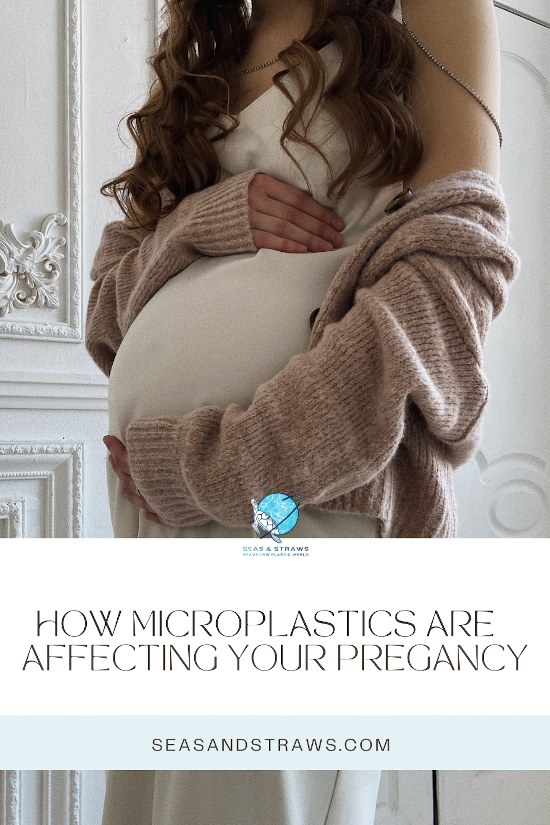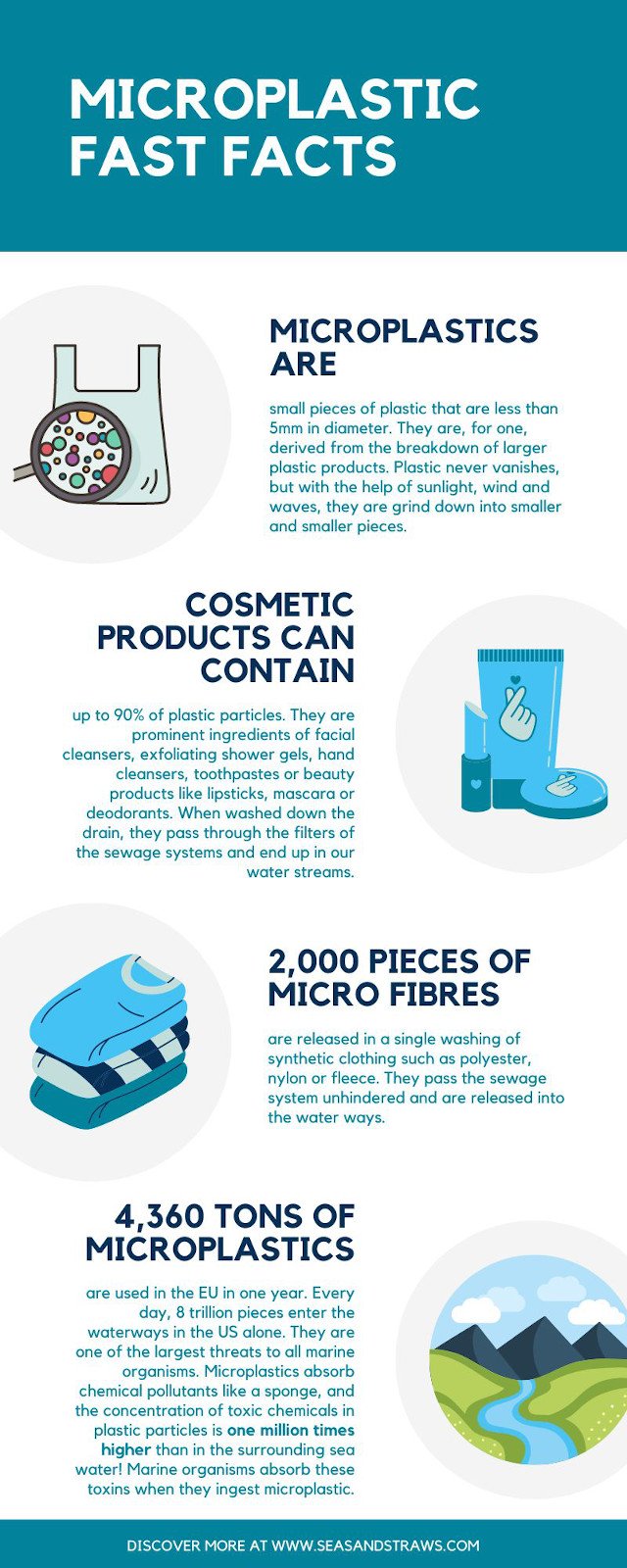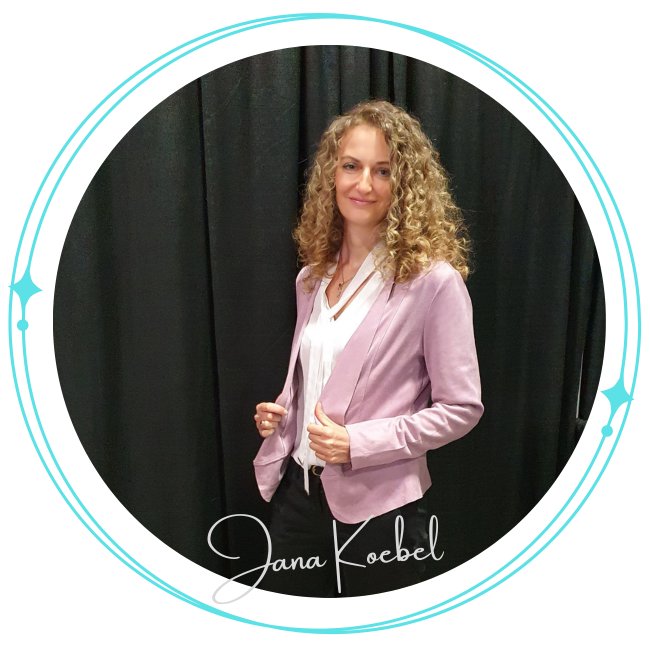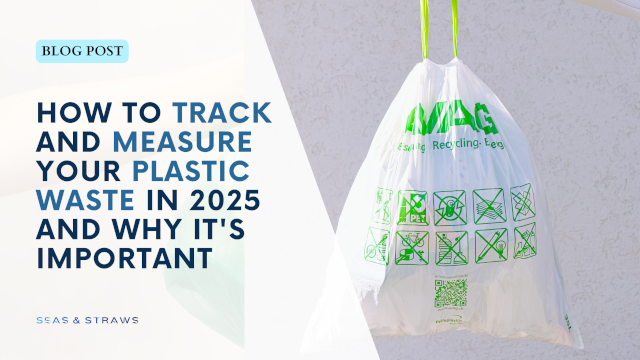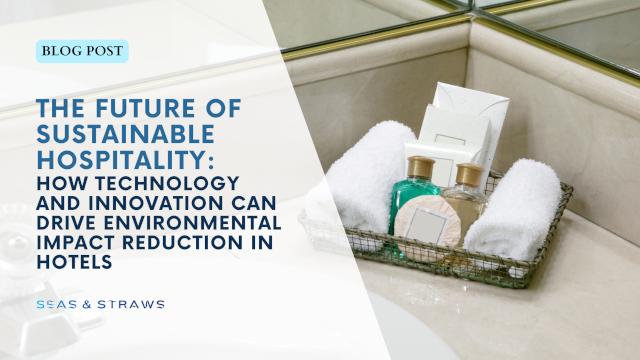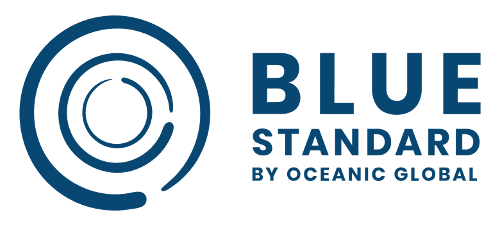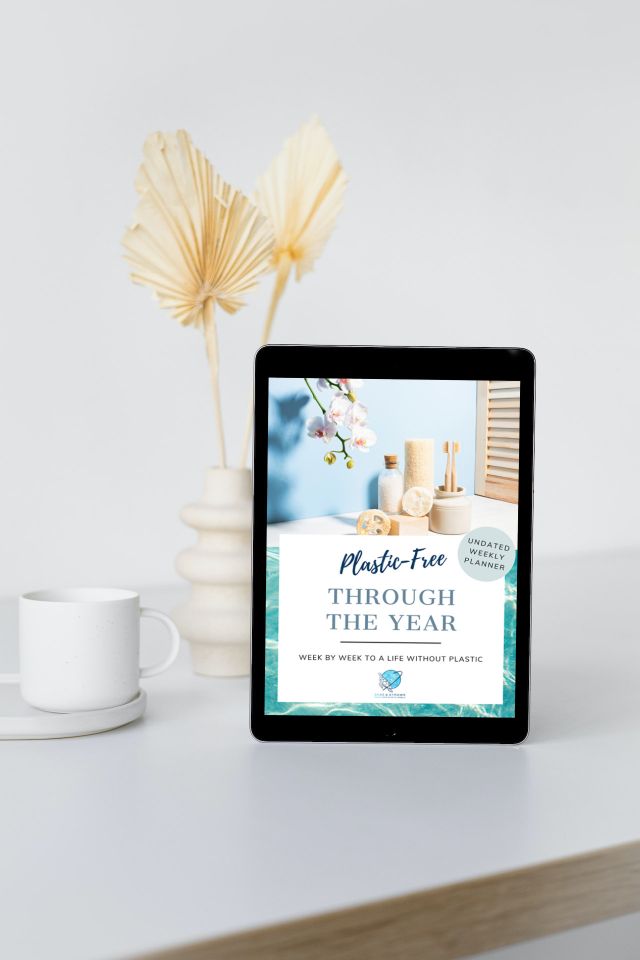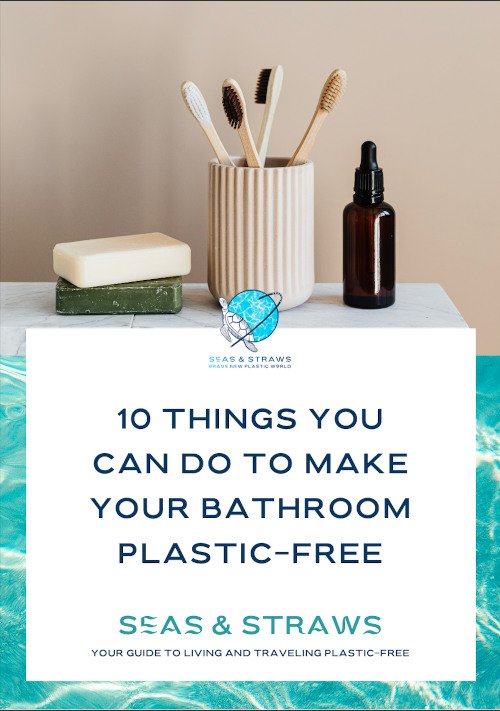- Home
- Plastic at Home
- Microplastic
- How Microplastics Are Affecting Your Pregnancy
How microplastics are affecting your pregnancy
Pregnant women and babies are being especially affected by microplastics, but there’s not enough awareness out there yet. I’ve done a deep dive on just how damaging it is, and over the next few posts I’ll be sharing everything I’ve found and how to safeguard yourself and your baby from the harrowing effects of plastics. In this blog post, I break down the impact of plastic pollution on prenatal health and share tips on how to reduce exposure.
How Does Plastic Enter The Body?
Food Contamination
Food packaging, including plastic containers and wrapping, can contain chemicals that can migrate into food, potentially exposing pregnant women and their developing fetuses to harmful substances. Additionally, seafood contaminated with plastic particles can lead to prenatal exposure to toxic chemicals like mercury and lead. Once your baby is there, you can read this post on how to avoid feeding your baby plastic.
Our environment
Microplastics are tiny pieces of plastic less than 5mm in size. They can enter the human body through ingestion, inhalation, and dermal exposure. Microplastics travel through our environment: air, rain, water bodies, the soil, etc. Studies have shown that microplastics can cross the placenta and accumulate in fetal tissues, potentially leading to adverse health effects.
How Does it Affect a Fetus?
Endocrine-disrupting chemicals (EDCs) are substances that can interfere with the body's hormone system, leading to developmental, reproductive, and neurological problems. Plastics contain a range of EDCs, including bisphenol-A (BPA), phthalates, and flame retardants, all of which can cross the placenta and harm the developing fetus.
In a study by the University of Manchester, it’s discovered that a chemical found in many plastics alters the expression of a protein linked to fetal growth restriction (FGR) in boys. Babies born with FGR are also at heightened risk of high blood pressure, coronary artery disease, type 2 diabetes and thyroid disease in later life. I’ve already covered BPA and its effects in this post here and here.
Tips to reduce plastic exposure during pregnancy
Understand your plastics
Avoiding plastics as much as possible is vital, but in reality there are many instances where you may not be able to - for example at a doctor’s visit or outdoors. What you can do, is to make sure to push for safer plastics - the plastics labeled with recycling codes 3, 6, and 7, which are typically made with EDCs should most definitely be avoided. If there’s no alternative to a plastic item choose plastics labeled 1, 2, and 5, which are considered safer.
Opt for glass, stainless steel, and ceramic containers
Glass, stainless steel, and ceramic containers are excellent alternatives to plastic containers. They are durable, reusable, and free of harmful chemicals. Use them to store your milk, personal care items, or food.
Minimize use of canned foods
Canned foods are lined with a resin containing bisphenol-A (BPA). Instead, opt for fresh or frozen fruits and vegetables.
Choose natural fibers
Choose clothing made from natural fibers like cotton, bamboo, or linen, rather than synthetic materials like polyester or nylon, which shed microfibers that can end up in the air and water.
Avoid personal care products containing phthalates
Phthalates are often found in personal care products, including fragrances, lotions, and shampoos. Avoid products that contain phthalates and opt for natural alternatives instead.
Choose organic food
Organic food is grown without the use of synthetic pesticides and fertilizers, which can contain EDCs that can contaminate the food.
Information is key to promoting prenatal health for both the baby and the mother. Share this with any future mother, and help save their health!
Want to make your home toxin-free, healthy and sustainable, too, but not sure where to start?
Microplastic is a big problem in your home. It's simply everywhere. If you want to reduce the amount of microplastic that you breathe in and ingest every day, and make your home healthy and safe for your children but aren't sure where to start, I'd love to help you! Email me on jana@seasandstraws.com or click here. In the meantime, check out my blog post about my Plastic-Free Coaching, here!
get the facts!
Take action! Save and/or download this fact sheet. Take it with you and start a conversation. You can share it freely, I just ask that you credit Seas & Straws.
Download the fact sheet (pDF)
Click here to download your fact sheet on microplastic.
